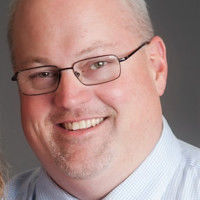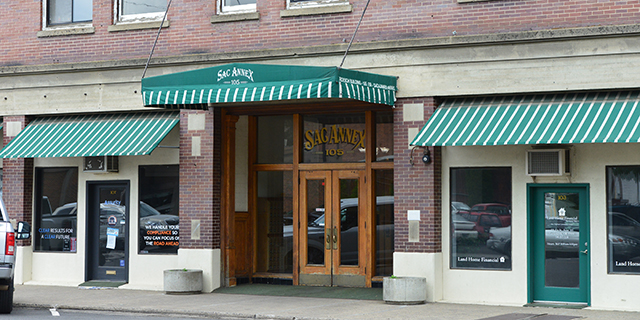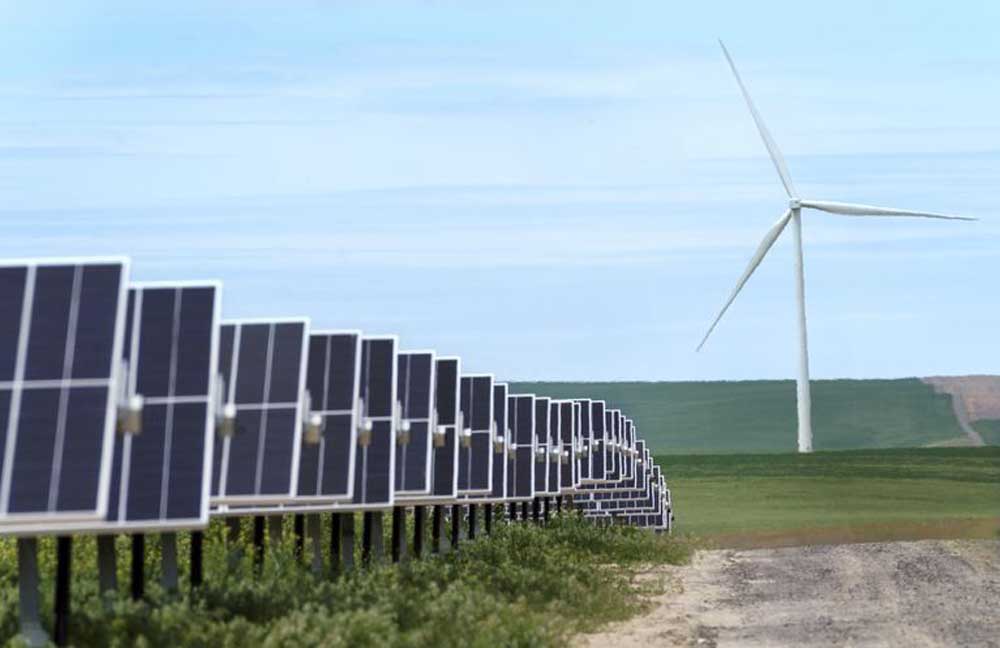Supporting Safe & Healthy Communities: Explore and invest in opportunities for youth
Published 7:00 am Saturday, May 25, 2024

- Spence
Do school extracurricular activities, after-school activities, and community-based programs, like Parks & Recreation camps and classes, really help reduce youth use of alcohol, tobacco, opioids, and other drugs?
Not only do they, but research shows that when schools and community partners use the “Whole School, Whole Community, Whole Child” model, youth are least likely to have problems with alcohol, illicit drugs, violence and are more successful at school.
The La Grande School District is one of only 15 nationally to receive funding from the Centers for Disease Control and Prevention for a district-wide assessment to improve outcomes. During this process, the district is working collaboratively with several community partners to improve childhood health and behaviors.
This collaborative approach includes drug use and abuse prevention, health education, community involvement, family engagement, social and emotional leaning, counseling and social services, health services and nutrition services. These services are all connected to the school and broader community through partnerships.
Not only is the La Grande School District engaged with a variety of community partners on this project, they also have a unique relationship with the city of La Grande’s Parks & Recreation Department. The city and district have an agreement where fees are waived between agencies for facilities, including classroom, gym and field space. This particular partnership ensures a collaborative approach to student health and learning as detailed in the WSCC model.
The WSCC model builds developmental assets in youth too. Developmental assets are experiences, supports, and qualities that we provide for young people. Turns out that out of school programs are some of the strongest asset builders in youth.
Sports, for example, provide a support system of positive peer and adult relationships thorough team building activities on and off the field. The relationships that grow from being a part of a team give youth lifelong tools to succeed and promote a growth mindset approach to problems and personal growth.
Through the arts and other camps, classes and events, youth can also build important assets. Getting kids together with similar interests and learning skills, naturally build positive relationships among peers. These interactions with peers help to reduce social anxiety and depression, build community and create opportunities for positive, pro-social interactions.
Although these types of programs help build developmental assets, families and influential adults continue to play the most important role in determining how youth handle the lure of alcohol, tobacco and other drugs. That’s why as a parent, it’s so important to talk to your children about these issues and set high expectations for them not to engage in these behaviors. It’s why our local schools and the Parks & Recreation Department strive to train all staff to build positive relationships with all of our youth participants whether it be through sports, clubs the arts, or other opportunities.
Even though we’ve only highlighted two agencies that work closely with youth and families and establish strong connections through the WSCC approach, there are several more throughout our community that continue to work together to build developmental assets and embrace the WSCC model with the schools.
None of these programs would function without caring and devoted adults in our community. We both honor these adults and ask even more to consider joining us in providing quality programming to our community’s youth. There is still so much more to accomplish.
In our small town, we have the best opportunity to help these youth succeed. By caring, setting high expectations and providing opportunities for youth to participate in programs, we can all reduce youth use of alcohol, tobacco and other drugs.
We encourage you to go, search, explore and invest in opportunities for youth within our community. This is the very reason many of us joined the Union County Safe Communities Coalition and I would encourage you to do the same.
It takes a village.









